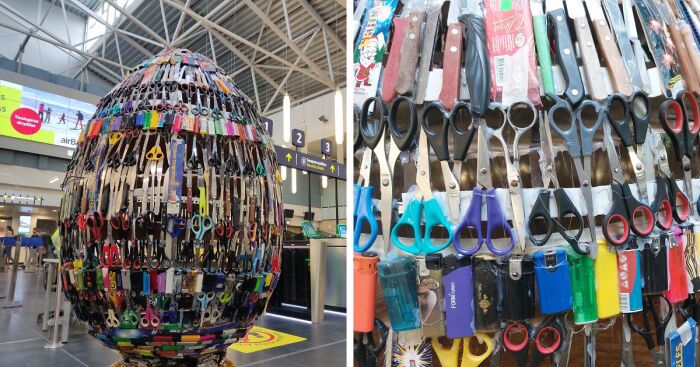
Vilnius Airport Transformed 1,000 Banned Items From Planes Into A One-Of-A-Kind Easter Egg
Have you ever been stopped at an airport checkpoint because you had items in your cabin bag that were not permitted on the plane? Many people have, but only because they were unaware of the rules. Lithuanian airports decided to remind their passengers about aviation safety in the most unexpected way. As the new summer season starts, Vilnius International Airport greets its passengers with a festive art piece – a colorful Easter egg made from items that are not permitted on board.
This 1.5-meter-high installation is made of more than 1,000 knives, scissors, lighters, shaving blades, and other dangerous items, which passengers had to leave before their flights. The idea behind the art piece was born from observing the growing number of items left by people at the checkpoints, which is a particularly relevant issue at the beginning of the summer aviation season when the number of passengers increases.
“We have a backlog of these small but prohibited items found in hand luggage, as we have to dispose of them safely according to the rules. One day, it occurred to me that it might be possible to reuse them in a practical and meaningful way. As these items are multicolored, they were perfect for creating an Easter egg. It draws the attention of passengers and thus fulfills its educational purpose. It is also a way of bringing playfulness to our serious and responsible routine at the airport,” said Mr. Algirdas Venzlauskas, Shift Manager of the Aviation Security Department at Vilnius Airport, who created the egg.
A highly topical issue
It took several months to construct the frame and glue various objects onto the egg. For the Easter holidays, the exhibit has been set up in the departure lounge of Vilnius Airport, where every visitor can have a closer look or take a selfie.
According to Vidas Kšanas, Head of the Safety and Security Department of Lithuanian Airports, safety is the first and foremost priority in aviation. This is why a wide range of measures is used to provide passengers with information.
“In general, we aim to foster a culture of understanding the importance of safety in aviation. To our knowledge, the usual pattern of offenses where a prohibited item is carried in hand luggage is usually not intentional but simply human error. Often, people do not think that a common, everyday item that they use at home can pose a real risk during a flight. We hope that unusual and unexpected approaches, such as this Easter egg, will stick in people’s minds, so maybe the next time they are planning a flight, they will remember or check what they can and cannot take on board. We always suggest checking baggage requirements at home before your journey,” said Mr. Kšanas.
Do not take objects that could cause injury
You can find out what items are prohibited from taking on board or carrying in your checked baggage on all airport websites, as well as in the flight ticketing rules. If you have any doubts, you can simply call the airport’s enquiries hotline or contact the airline from which you are purchasing your ticket directly.
The most important rule is not to include anything that could cause injury to yourself or others in your carry-on bag. This includes weapons (or even imitation weapons), explosive or flammable materials, gas canisters, sharp objects (knives, scissors, screwdrivers, razor blades), dangerous tools (hammers, pliers), etc. It is also forbidden to carry any objects or materials that look like firearms, ammunition or explosives on board – even if they are just toys.
“Prohibited items are not confiscated during a search. People can hand them over to friends or family members, store them in a rented storage facility or add them to their checked-in luggage if they are not prohibited from being transported in this way. However, if no alternatives are acceptable
Video footage:
653views
Share on Facebook
 Dark Mode
Dark Mode 

 No fees, cancel anytime
No fees, cancel anytime 






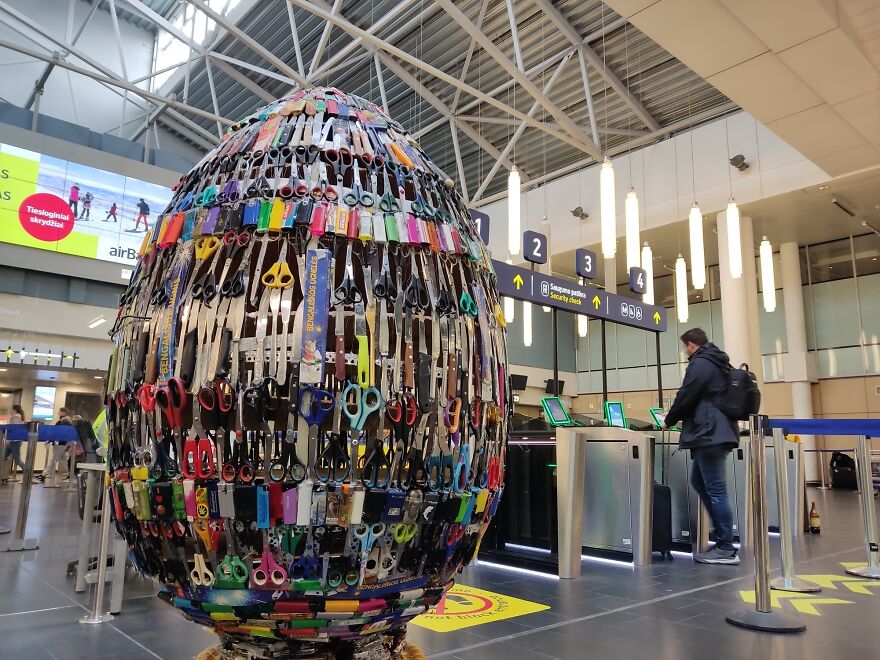
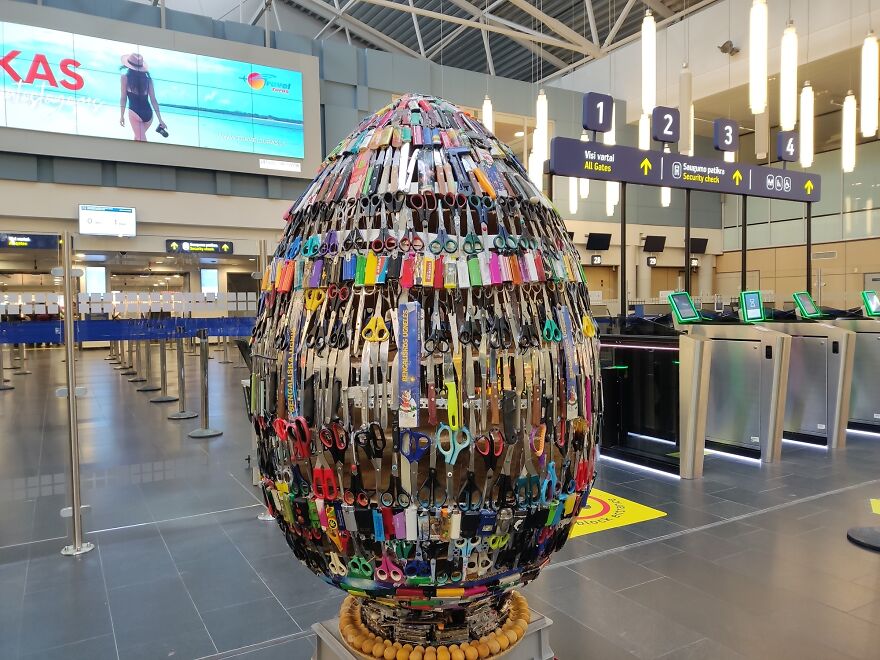
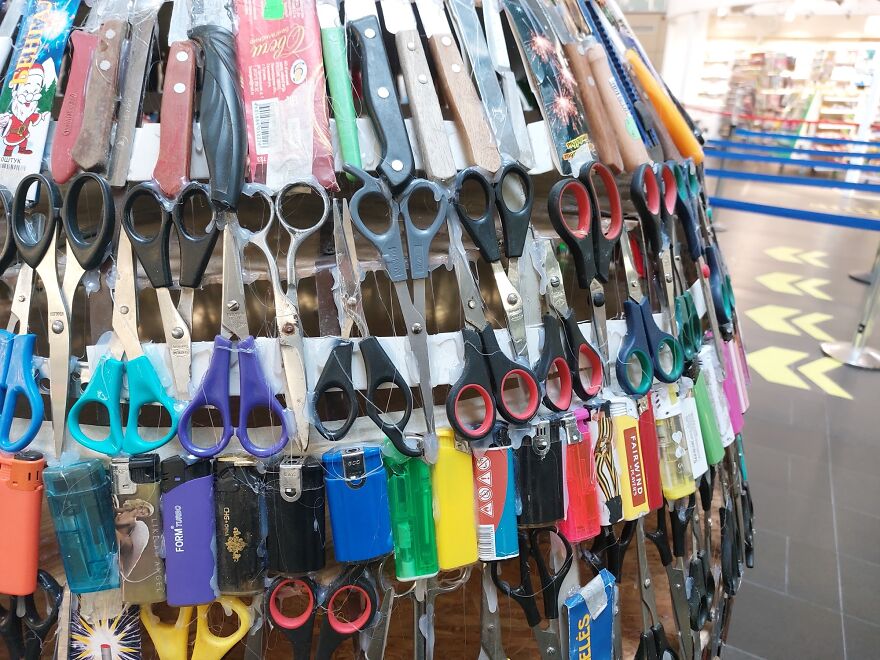
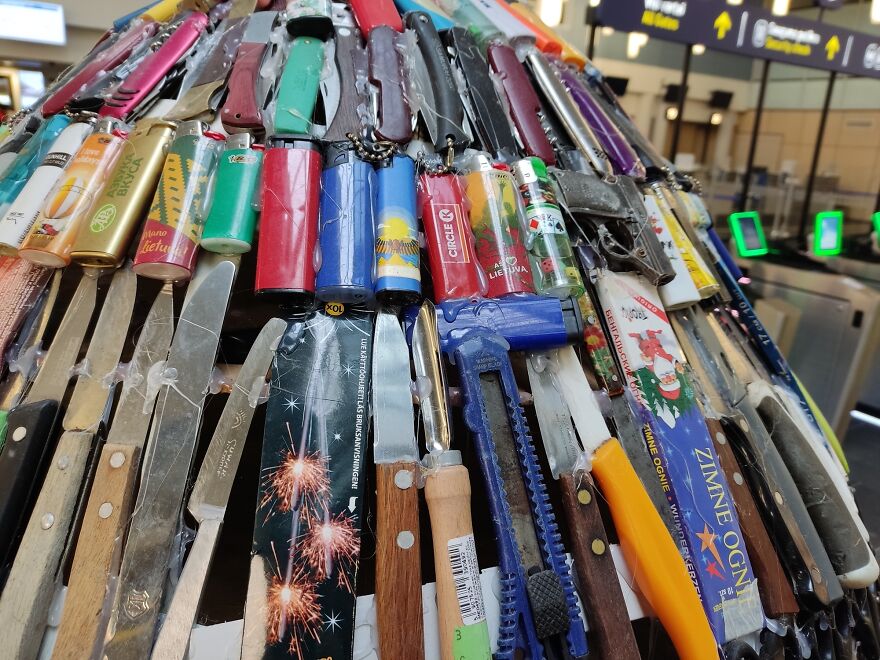








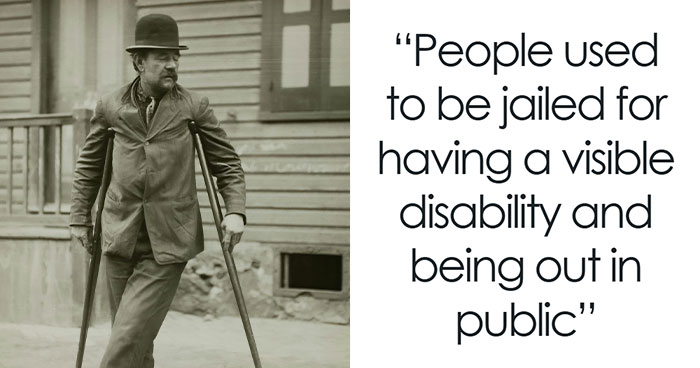


































22
1